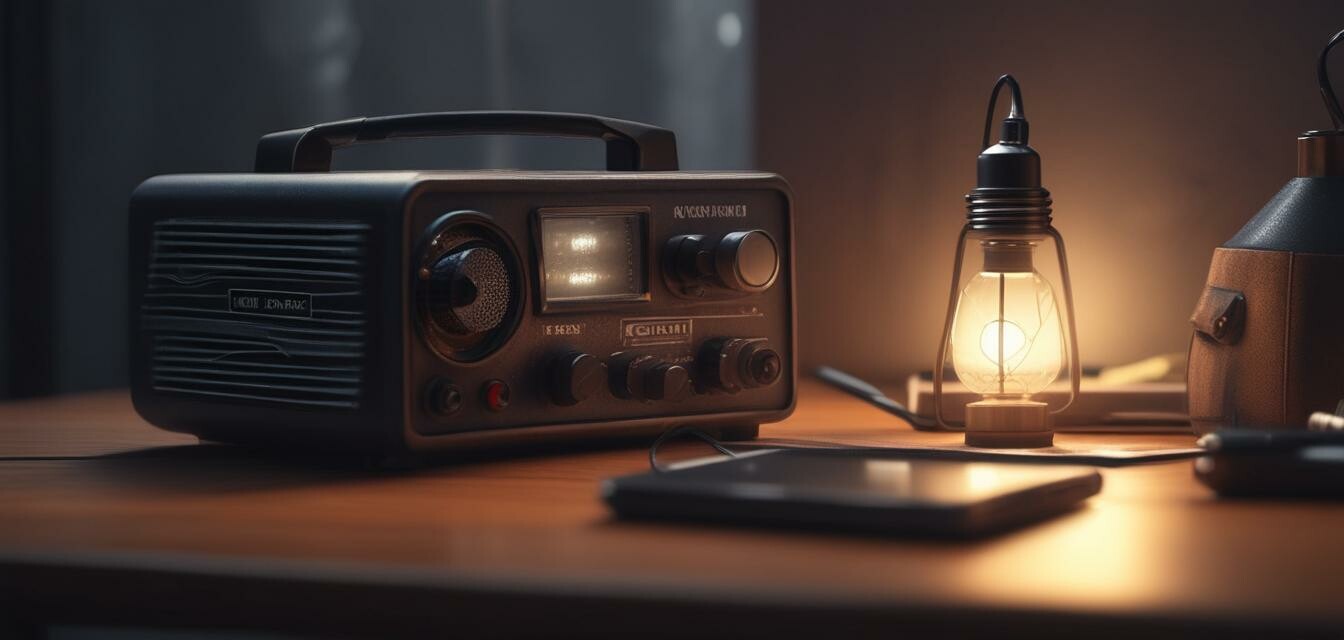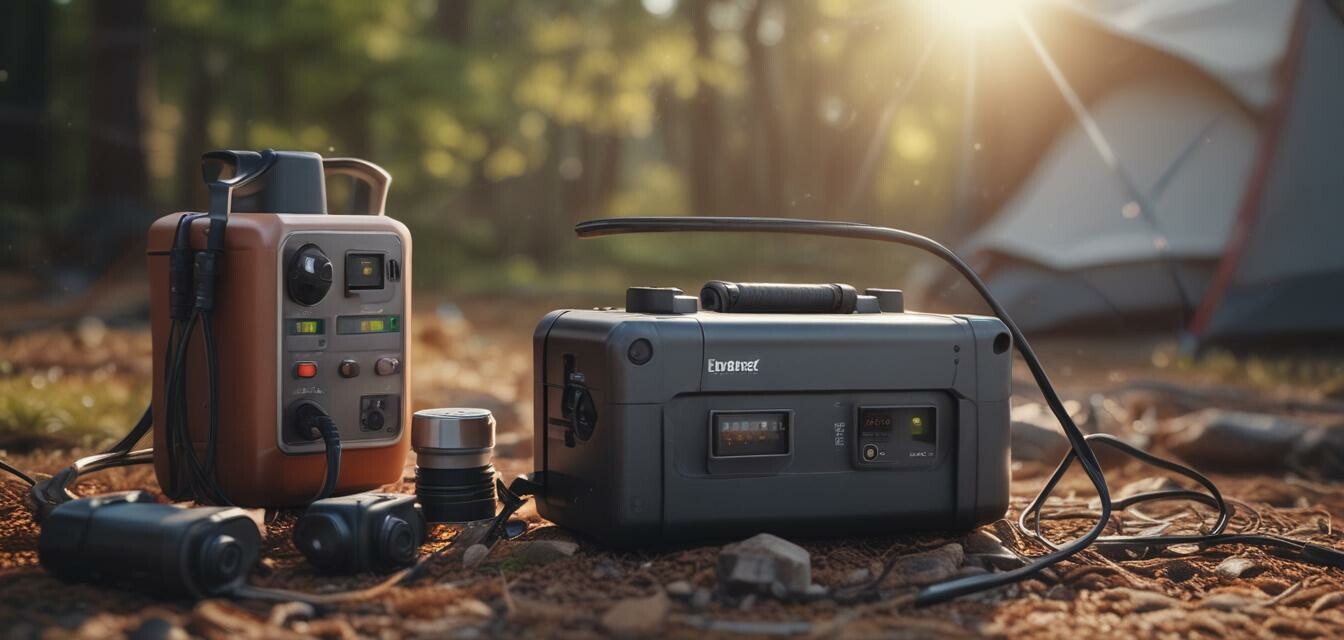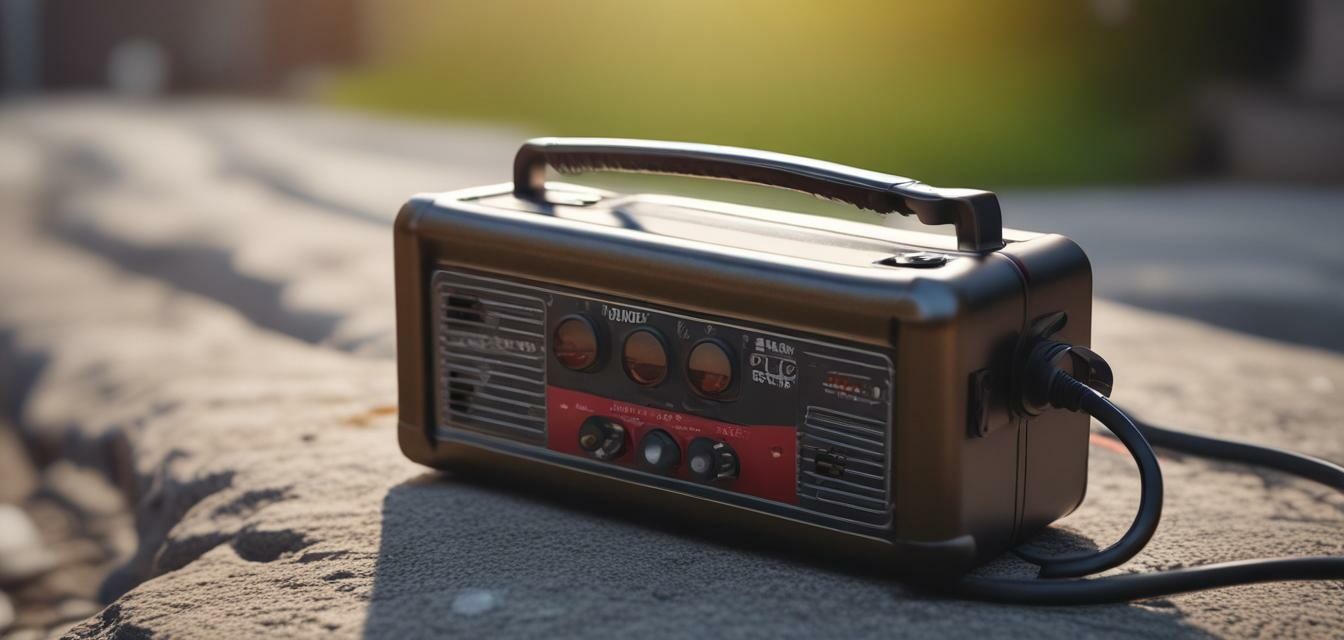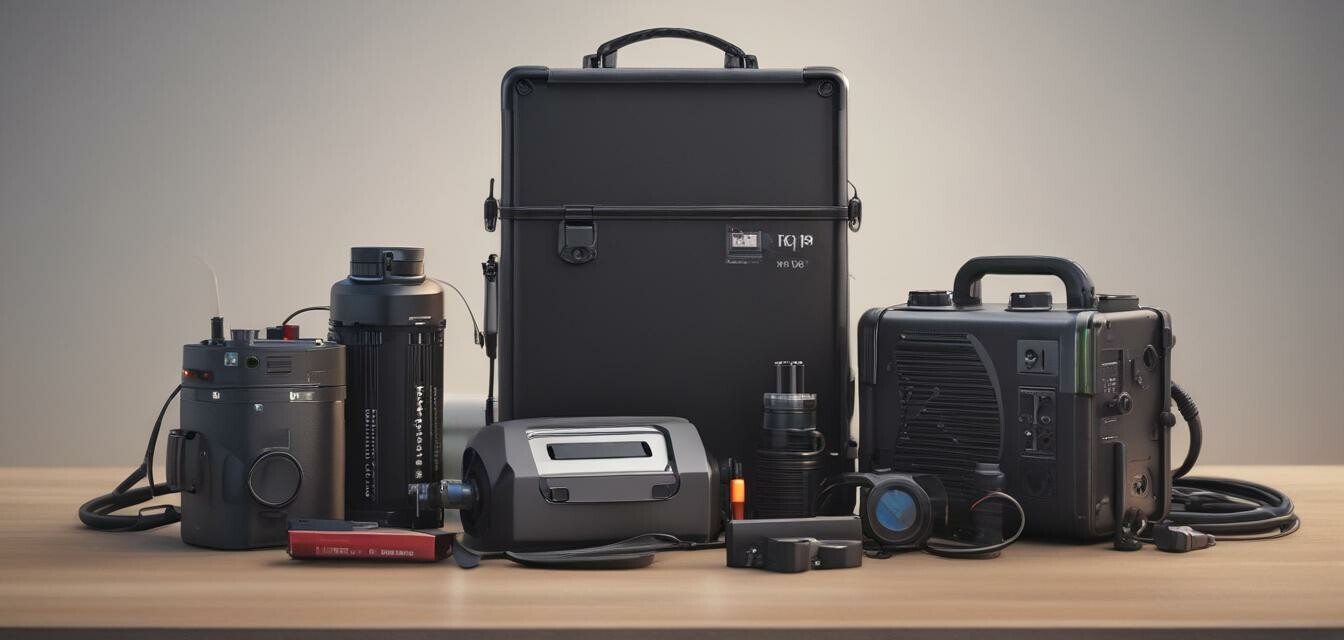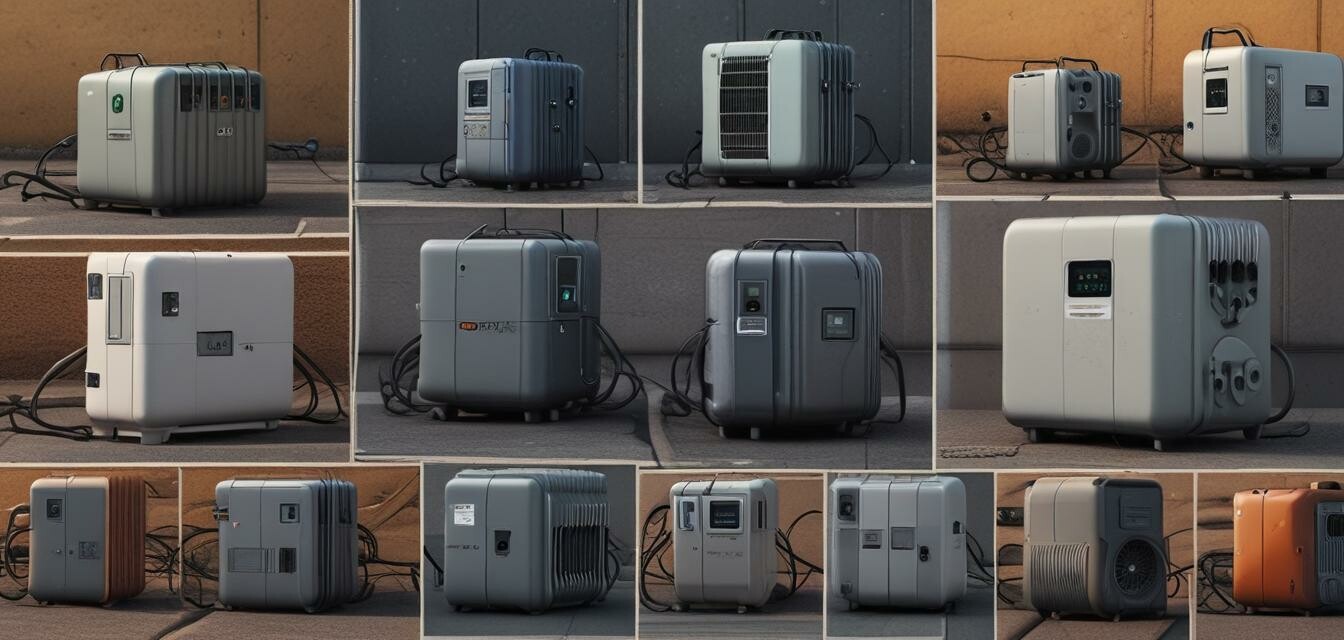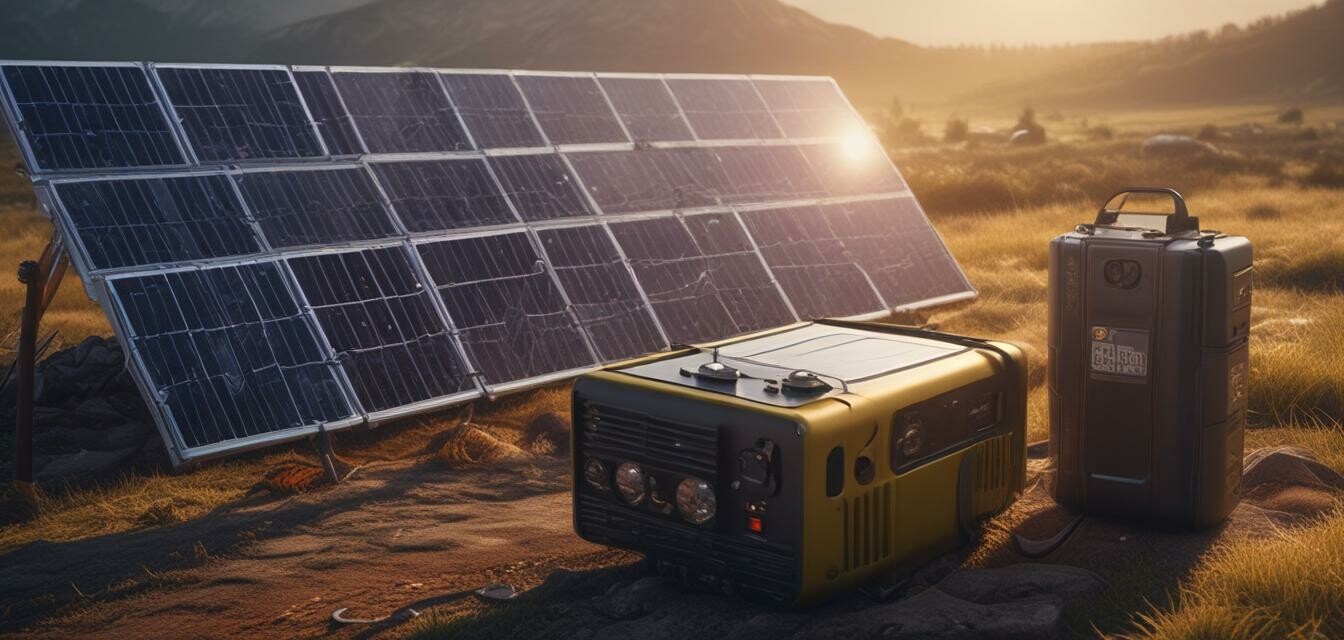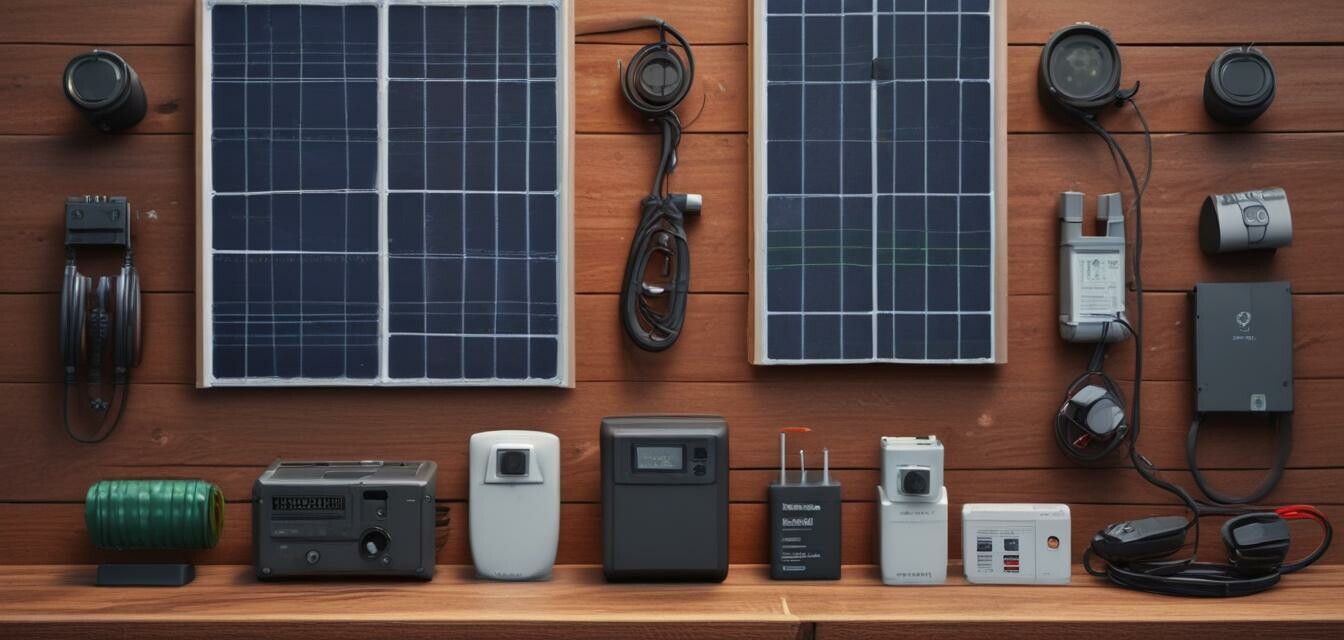
Energy Kit Accessories: Must-Have Additions to Enhance Your Emergency Backup
When it comes to creating a comprehensive emergency energy backup kit, accessories play a vital role in ensuring you're prepared for any situation. From power cables to solar panels, these add-ons can significantly enhance the functionality and efficiency of your kit. In this article, we'll explore the must-have accessories to consider when building or upgrading your energy backup system.
Key Takeaways
- Power cables and adapters are essential for connecting devices to your energy kit
- Solar panels can provide a sustainable charging solution for your energy kit
- Batteries and battery management systems ensure reliable power storage
- Lighting solutions, such as LED lights, can provide critical illumination during power outages
Power Cables and Adapters
One of the most critical accessories for your energy kit is a set of power cables and adapters. These allow you to connect various devices, such as laptops, smartphones, and medical equipment, to your power source. Consider the following types of cables and adapters:
| Cable Type | Description | Recommended Length |
|---|---|---|
| USB-A to USB-C | Charges devices via USB-C port | 3-6 feet |
| DC to AC Power Inverter Cable | Converts DC power to AC for devices | 6-10 feet |
| Extension Cords | Extends power reach for devices | 10-20 feet |
When selecting power cables and adapters, ensure they are compatible with your energy kit's power output and the devices you plan to connect.
Solar Panels
Solar panels provide a sustainable and renewable energy source for your kit. They can be used to charge your batteries during the day, ensuring you have a reliable power source during extended power outages. Consider the following factors when selecting solar panels:
- Wattage: Choose a solar panel with a wattage that matches your energy kit's charging capacity
- Size: Select a solar panel that is compact and portable, yet still provides sufficient power
- Efficiency: Look for solar panels with high efficiency ratings to maximize energy output
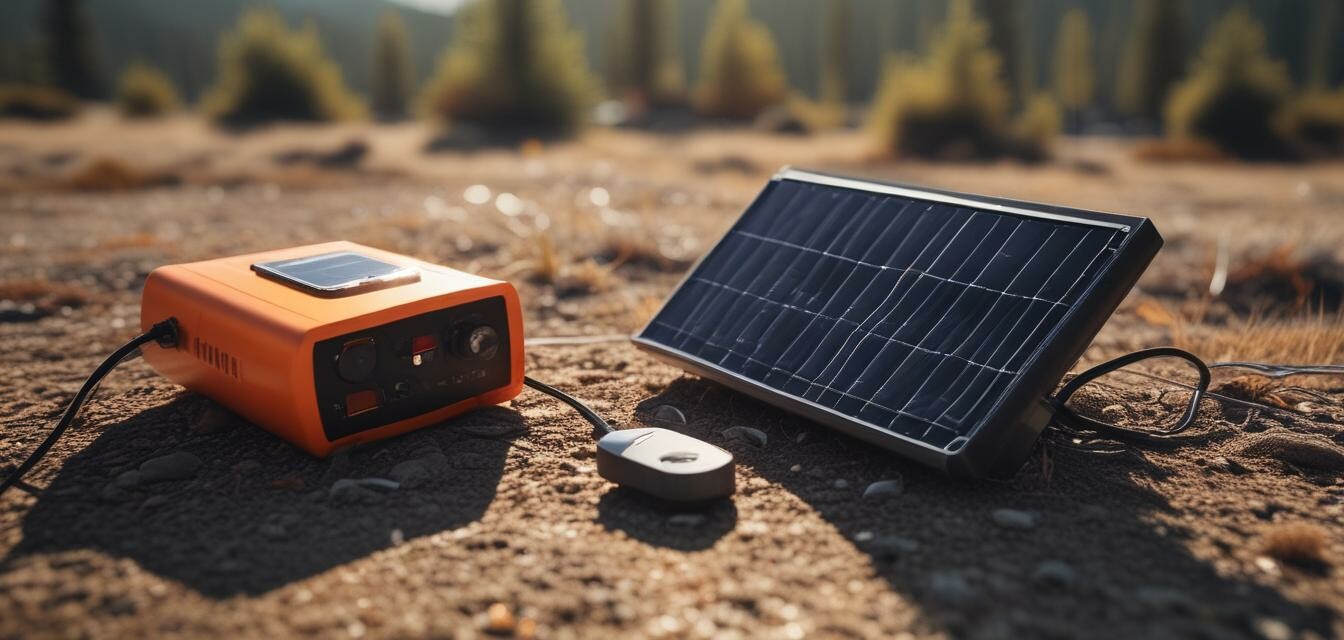
Batteries and Battery Management Systems
Batteries are the heart of your energy kit, providing power storage for your devices. Consider the following types of batteries:
| Battery Type | Description | Recommended Capacity |
|---|---|---|
| Lithium-Ion Batteries | High-energy density, compact, and lightweight | 100-500 Wh |
| Lead-Acid Batteries | Reliable, affordable, and suitable for heavy loads | 200-1000 Wh |
Battery management systems (BMS) are crucial for ensuring the health and safety of your batteries. A BMS regulates charging, prevents overcharging, and provides protection against electrical surges.
Lighting Solutions
Lighting is a critical component of your energy kit, providing essential illumination during power outages. Consider the following lighting solutions:
- LED Lights: Energy-efficient, compact, and durable
- Flashlights: Portable and convenient for navigation
- Lanterns: Provide area lighting and can be used for camping or outdoor activities
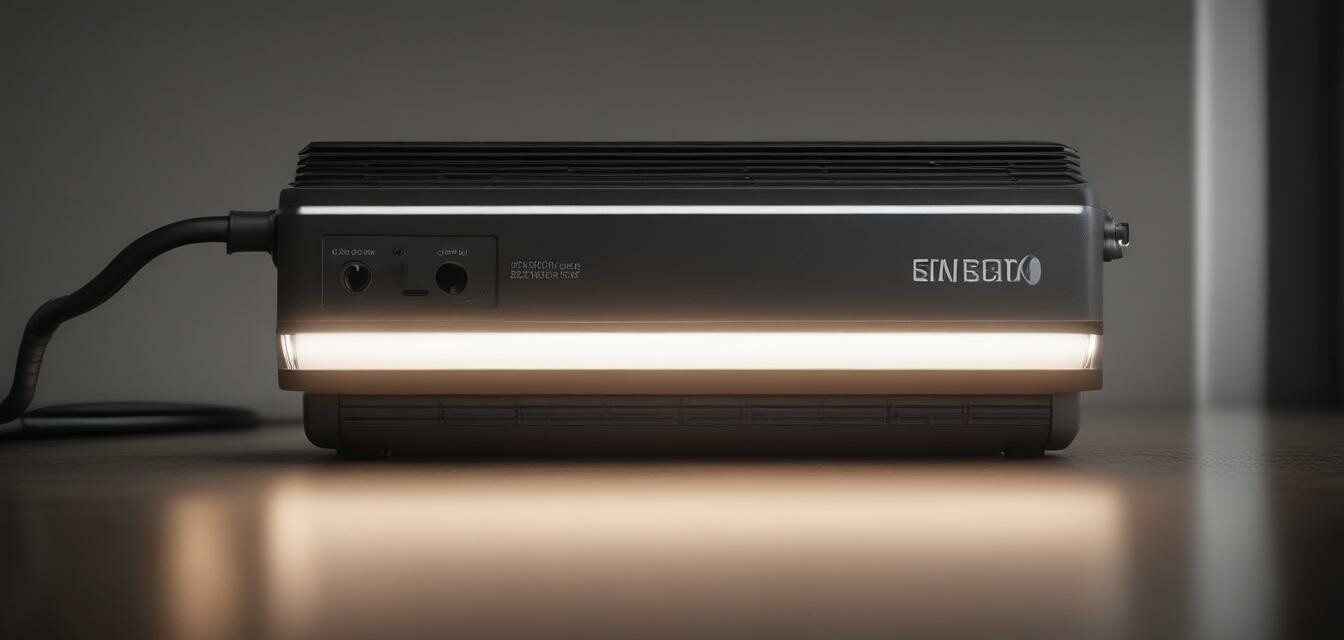
Other Essential Accessories
In addition to the above accessories, consider the following must-haves for your energy kit:
- Power inverters: Convert DC power to AC for devices
- Surge protectors: Protect your devices from electrical surges
- Cases and bags: Store and transport your energy kit and accessories
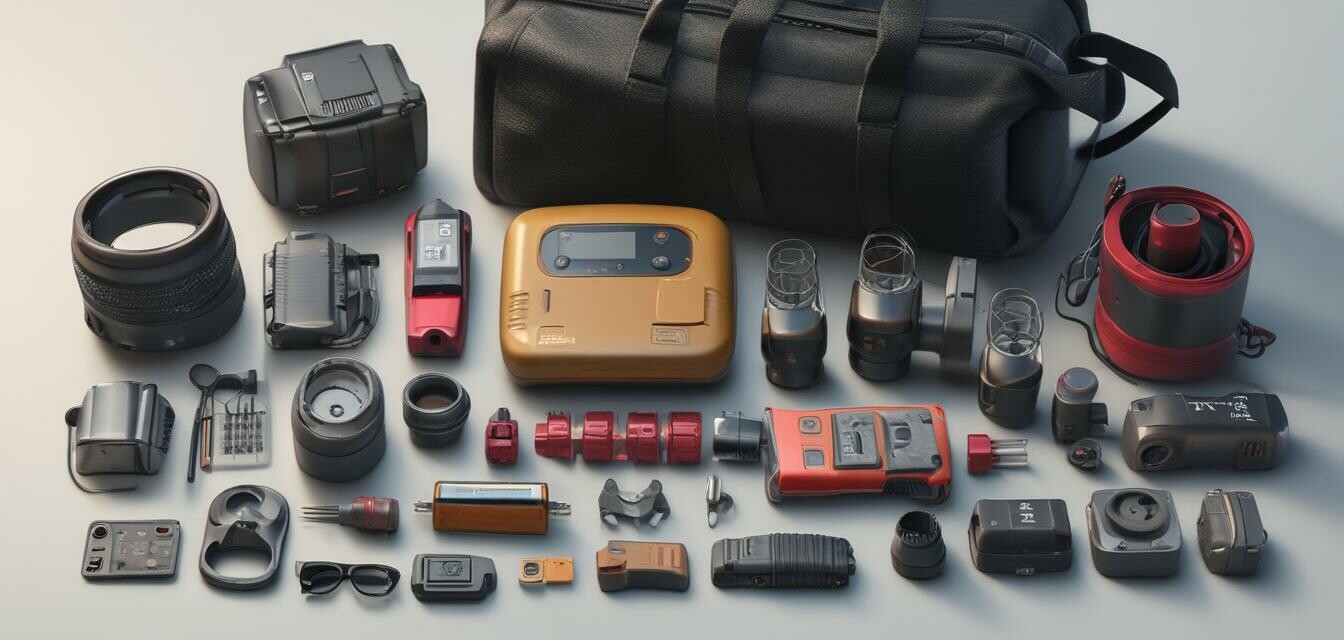
Pros
- Enhanced functionality and efficiency of your energy kit
- Increased power storage and charging capabilities
- Improved lighting and safety during power outages
Cons
- Additional cost and weight to your energy kit
- Requires careful selection and compatibility consideration
Beginners Section
New to energy kits and accessories? Start by assessing your power needs and selecting the most critical accessories for your situation. Consider your budget, the devices you need to power, and the type of power outages you're preparing for.
For more information on building a comprehensive energy kit, check out our guides on portable power stations, battery backup systems, and emergency lighting solutions.

